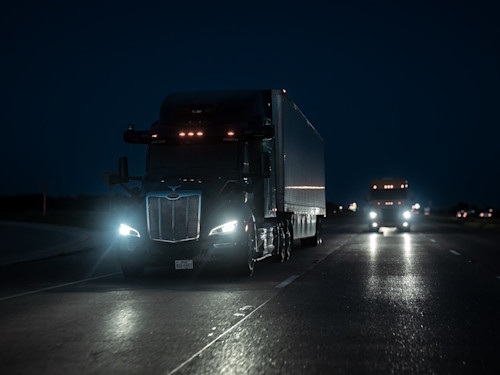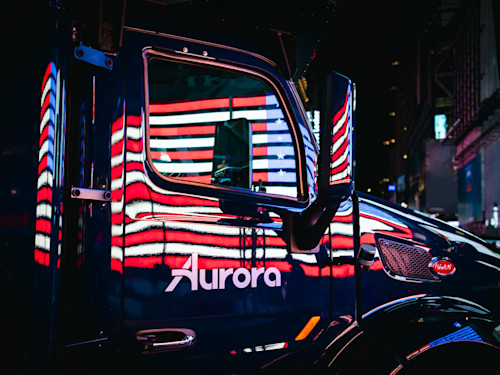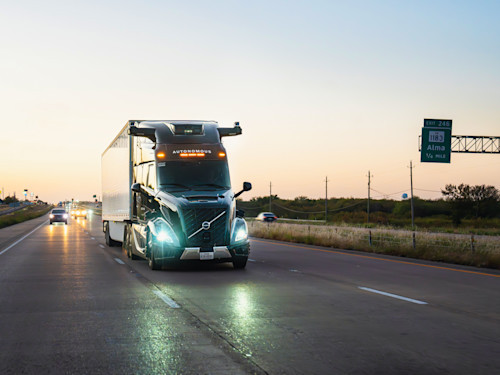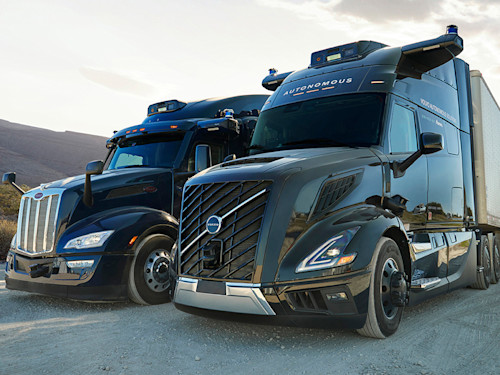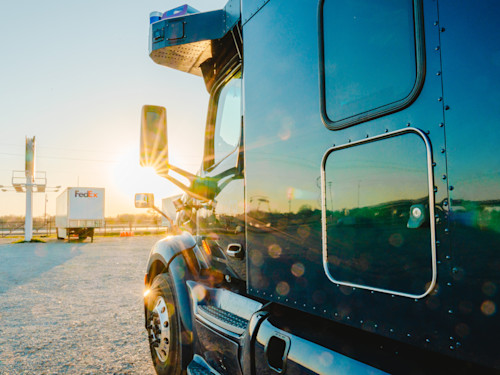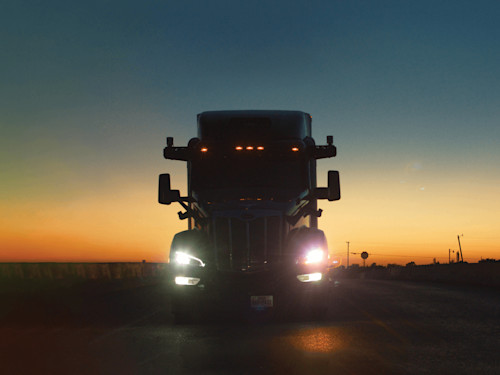With our industry-leading Virtual Testing Suite, Aurora runs millions of simulations every day. This allows us to train and evaluate the Aurora Driver’s software stack across a vast range of scenarios and driving conditions, finding edge cases and catching errors early, well before the software is loaded onto vehicles. Ultimately, simulation testing drives the development of the Aurora Driver. It is the quickest, and safest way to train and test our self-driving technology – estimated to be equivalent to more than 50,000 trucks driving continuously. This, combined with thoughtful on-road testing, will allow us to deliver the Aurora Driver safely and quickly at scale.
As for Colrspace, its innovation is in Protocolr, which is based on an input image and infers texture and other material properties of an object. Key to the process is a neural network that models the processing of the camera pipeline, and couples this with a differentiable image renderer to enable “inverse rendering,” which computes the 3D scene and materials that would produce an image identical to the input photo. Aurora believes this technology will provide a unique advantage in building virtual worlds that are almost indistinguishable from the real one. This is critical because the more realistic the virtual world, the more effective the testing can be.
